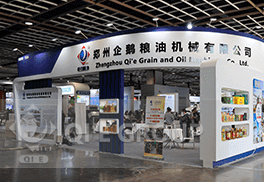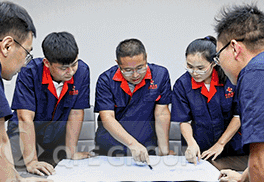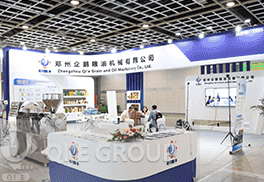The steam boiler has very important application in the palm oil mill. It supply the steam and heating for the palm oil production, such as in sterilizer section, digester section, clarification section, and oil drying system. A palm oil mill boiler is a vital piece of equipment that generates steam for the various heating and processing stages in palm oil extraction, acting as the heart of the mill. These boilers are predominantly biomass-fired, using by-products like empty palm fruit bunches, palm fiber, and palm shells as fuel.
 Production Capacity: 1-100TPH
Production Capacity: 1-100TPH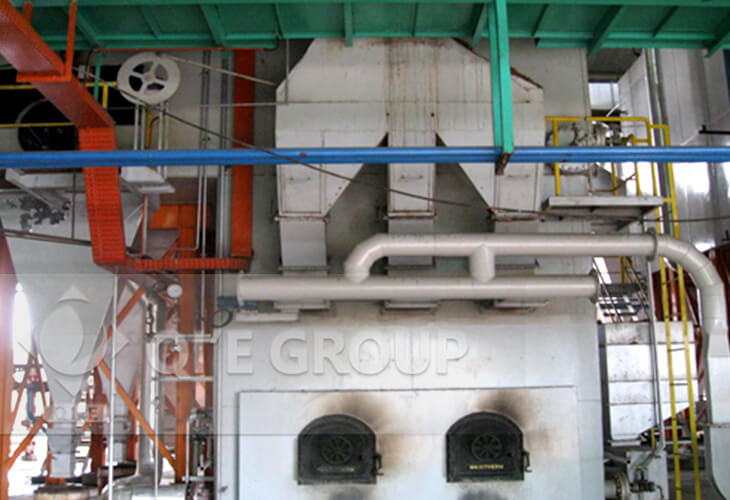
Processing Capacity:
0.5-80TPH
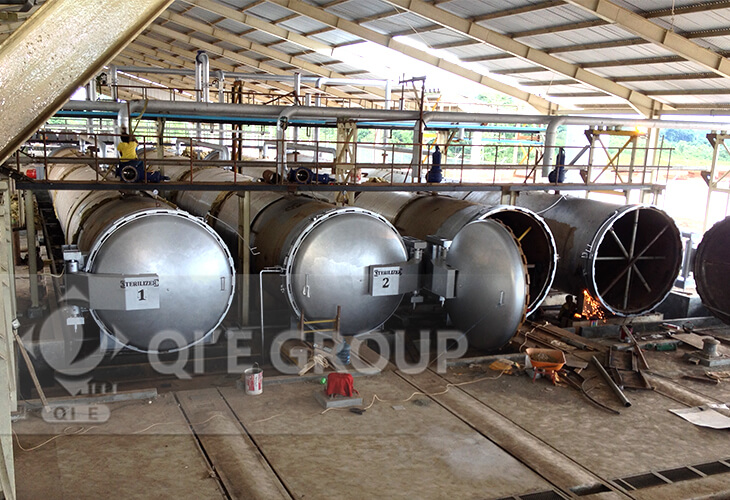
Processing Capacity:
1-60TPH
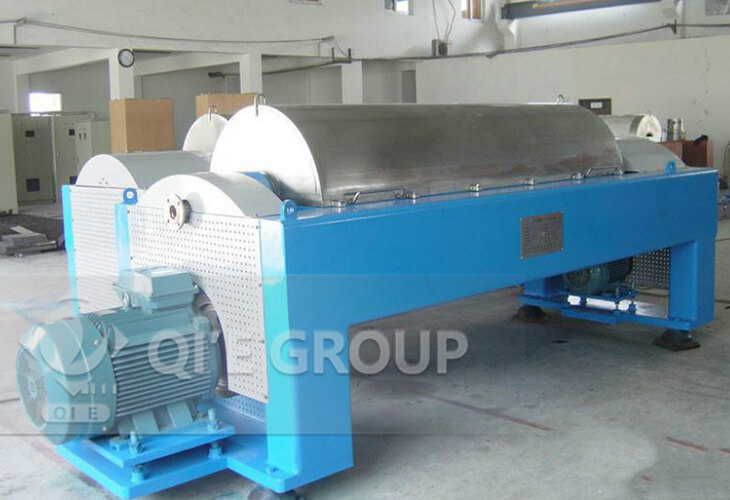
Processing Capacity:
1-30TPD
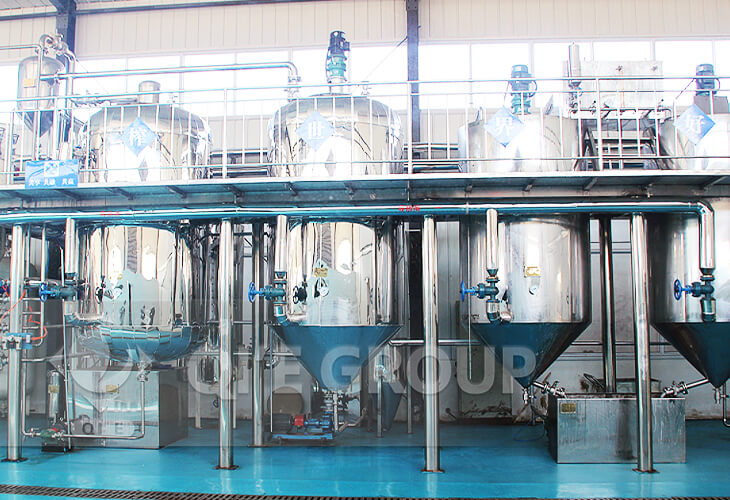
all machine can be customized according to customers' needs.
Model: Bi-Drum water tube boiler
Capacity: 1TPH-100TPH
Function: Burning the fiber and shell to make steam, drive the turbine and supply to whole plant.
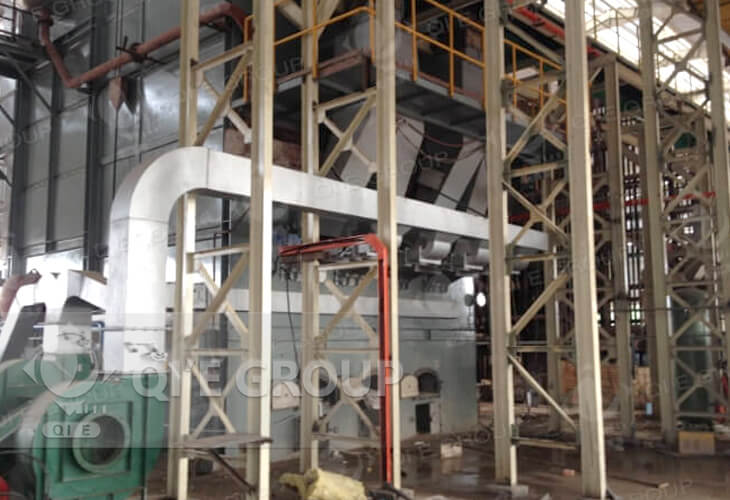
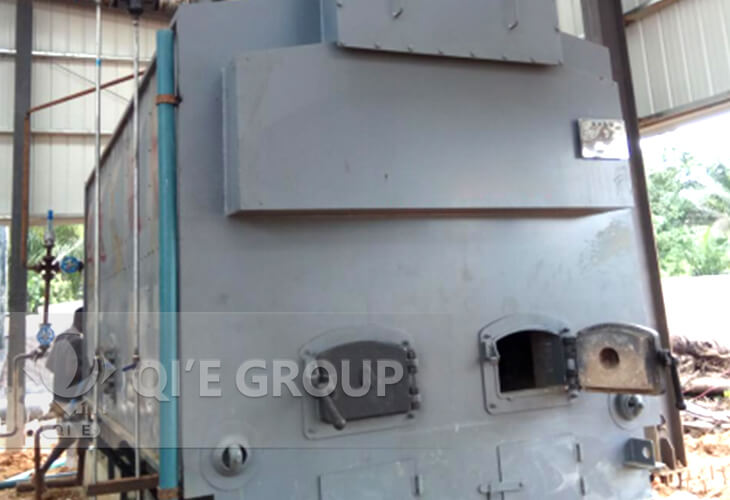
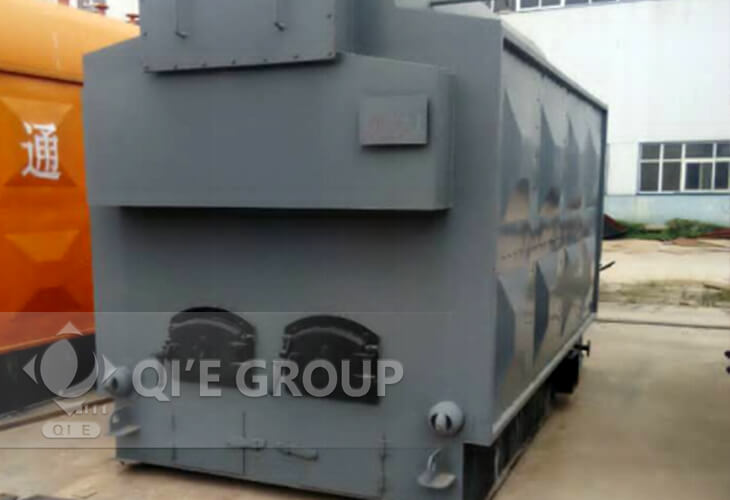
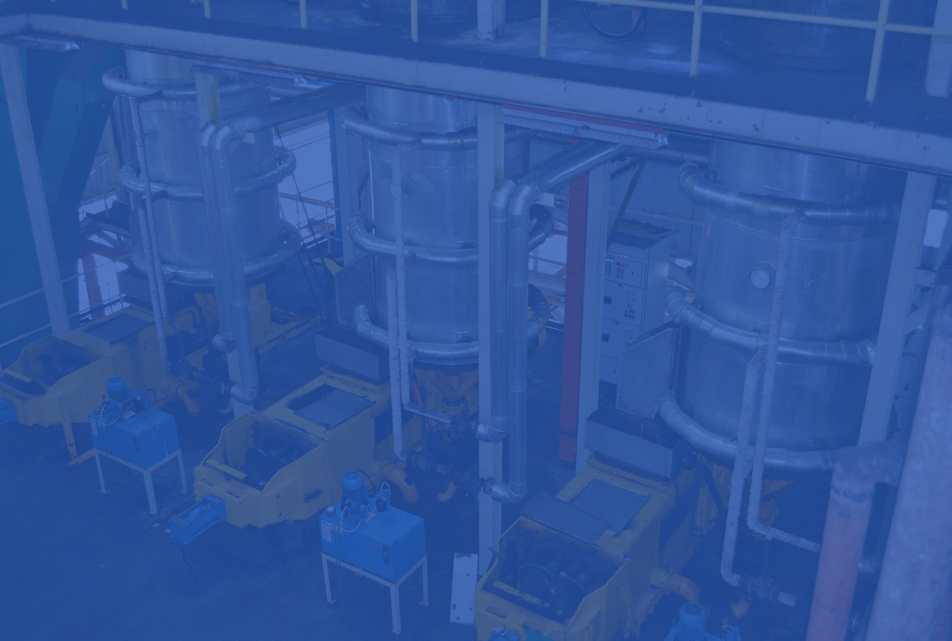
QIE Group is a professional palm oil mill plant machine manufacturer. We can provide palm oil expeller machine, large scale palm oil mill plant, automatic palm oil mill plant, palm oil refinery machine and fractionation plant, turnkey palm oil processing plant solutions from plant layout design, machinery manufacturing, onsite debugging and installing.
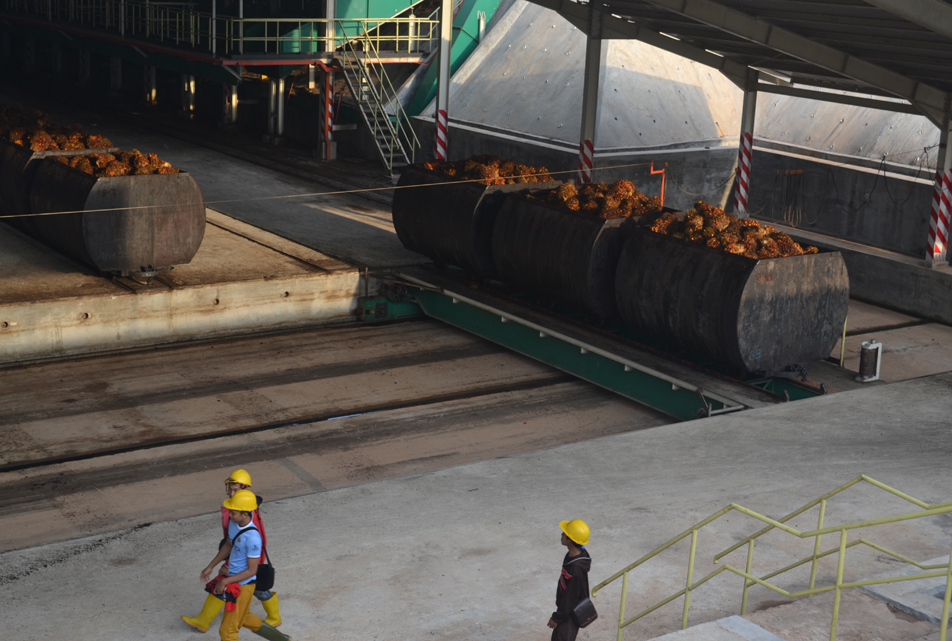
Two Drums: 1. Upper Steam Drum: Located at the top of the boiler, this drum serves as a reservoir for steam and water. It’s where the generated steam separates from the steam-water mixture rising from the tubes. It also typically houses internal components like baffles, cyclone separators, and screen driers to ensure the steam leaving the drum is as dry as possible.
2. Lower Mud Drum (or Water Drum): Situated at the bottom, this drum collects the cooler, denser water and serves as a collection point for sediment and impurities (hence “mud drum”). Downcomer tubes connect the upper steam drum to the lower mud drum, facilitating the natural circulation of water.
Furnace/Combustion Chamber: This is where the fuel is burned. Bi-drum boilers can be designed for various firing methods, including: Solid fuels: Often combined with grates (traveling, dumping, reciprocating) or Fluidized Bed Combustion (FBC) systems for coal, biomass (rice husk, bagasse, wood waste), and other solid fuels.
Liquid/Gaseous fuels: Can also be configured for oil or natural gas firing.

Years of development have brought customers from all over the world. Contact us to start customizing a palm oil production line for your business.
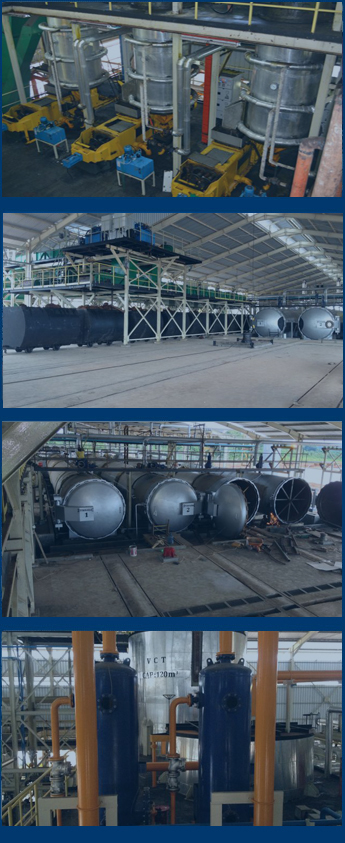

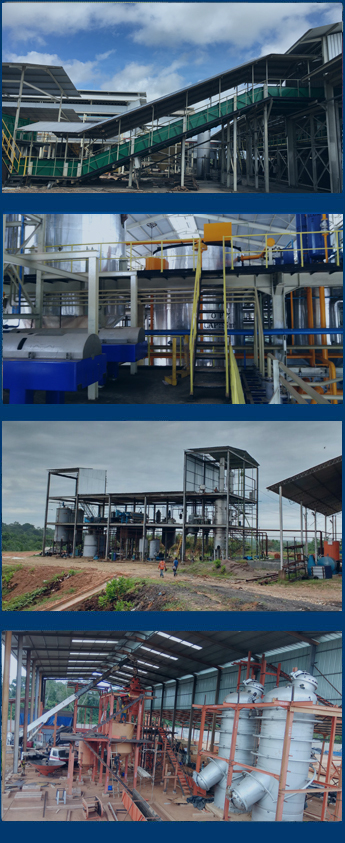

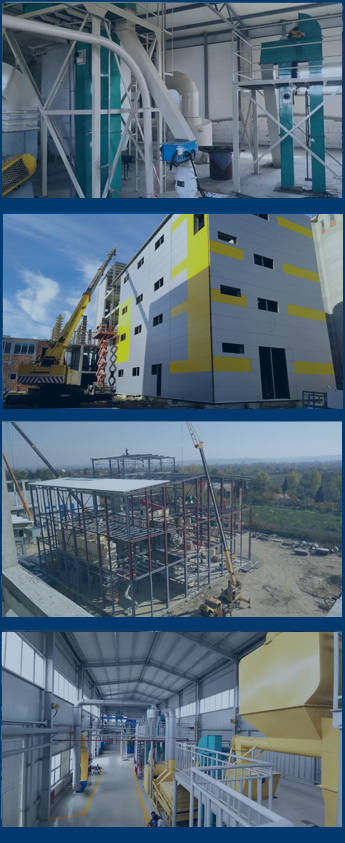


Our palm oil production equipment has been exported to more than 120 countries and regions, and many customers have established long-term cooperative relationships with us. Below are some of the palm oil production equipment and palm oil production lines we manufacture. Whether you need a single palm oil production equipment or a complete palm oil production line, we can customize it for you.
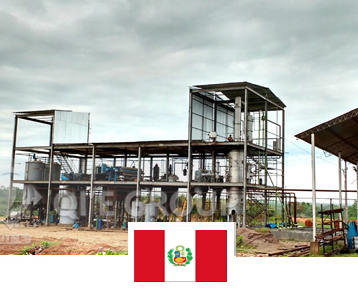
Country : Peru
Production Output : 20TPD
Raw Materials : Palm Fruit, Palm Kernel.
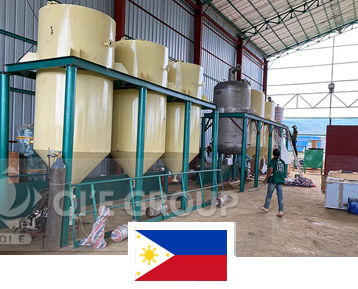
Country : Philippines
Production Output : 40TPD
Raw Materials : Palm Fruit, Palm Kernel.
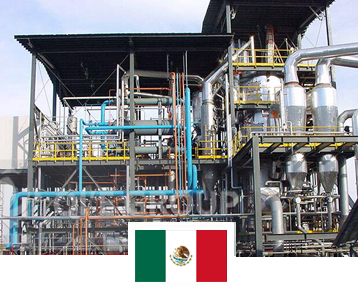
Country : Mexico
Production Output : 30TPD
Raw Materials : Palm Fruit, Palm Kernel.
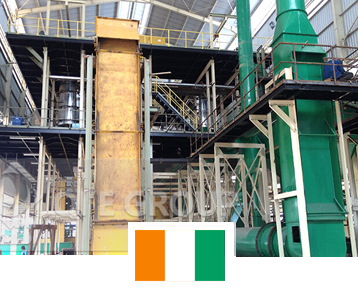
Country : Cote d’Ivoire
Production Output : 160TPD
Raw Materials : Palm Fruit, Palm Kernel.
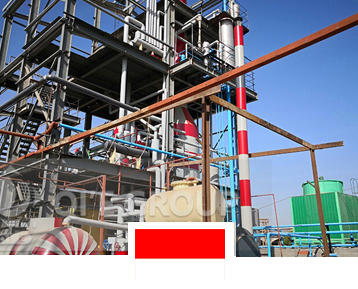
Country : Indonesia
Production Output : 120TPD
Raw Materials : Palm Fruit, Palm Kernel.
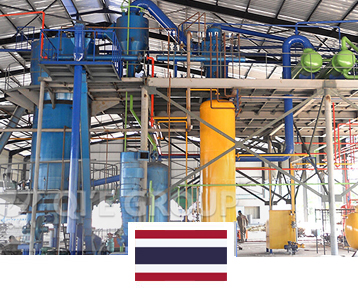
Country : Thailand
Production Output : 100TPD
Raw Materials : Palm Fruit, Palm Kernel.
Working Principle of a Boiler
Hot gasses are formed by burning fuel in the furnace. These glasses are made to come in contact with the water vessel, the point where the heat transfer takes place between the steam and water. Thus, the boiler's basic principle is to convert water into steam with heat energy.
Understanding your heating needs starts with knowing your boiler. In this article, we'll guide you through the 3 main types (combi, system, and regular) to discover their advantages and disadvantages to find the perfect fit.
The exact boiling temperature depends on how pure the oil is. The boiling point for palm cooking oil is estimated in about 300 C (or 572 F).
Palm oil factories are normally generate their own electricity. Electricity is generated by burning the waste products of the palm fruits, fibre and shell in a boiler.The boiler
generates steam which drives a steam turbine to produce electricity. Palm oil mills are located in plantations that are far away from major towns and as such they also treat their own water supply.
The steam boiler has very important application in the palm oil mill. It supply the steam and heating for the palm oil production, such as in sterilizer section, digester section, clarification section, and oil drying system. we can see that the steam boiler is important for the palm oil mill, but there are many types of the boiler in the market, we must choose the most suitable type to reach the best effect.

QIE Machinery is a large-sizd joint-equity enterprise specializing in the production of palm oil mechanical equipment. It integrates scientific research, manufacturing and sales, and provides complete set of equipment for palm oil and palm kernel oil production. Customize the palm oil processing equipment capacity according the different customers requirements.
